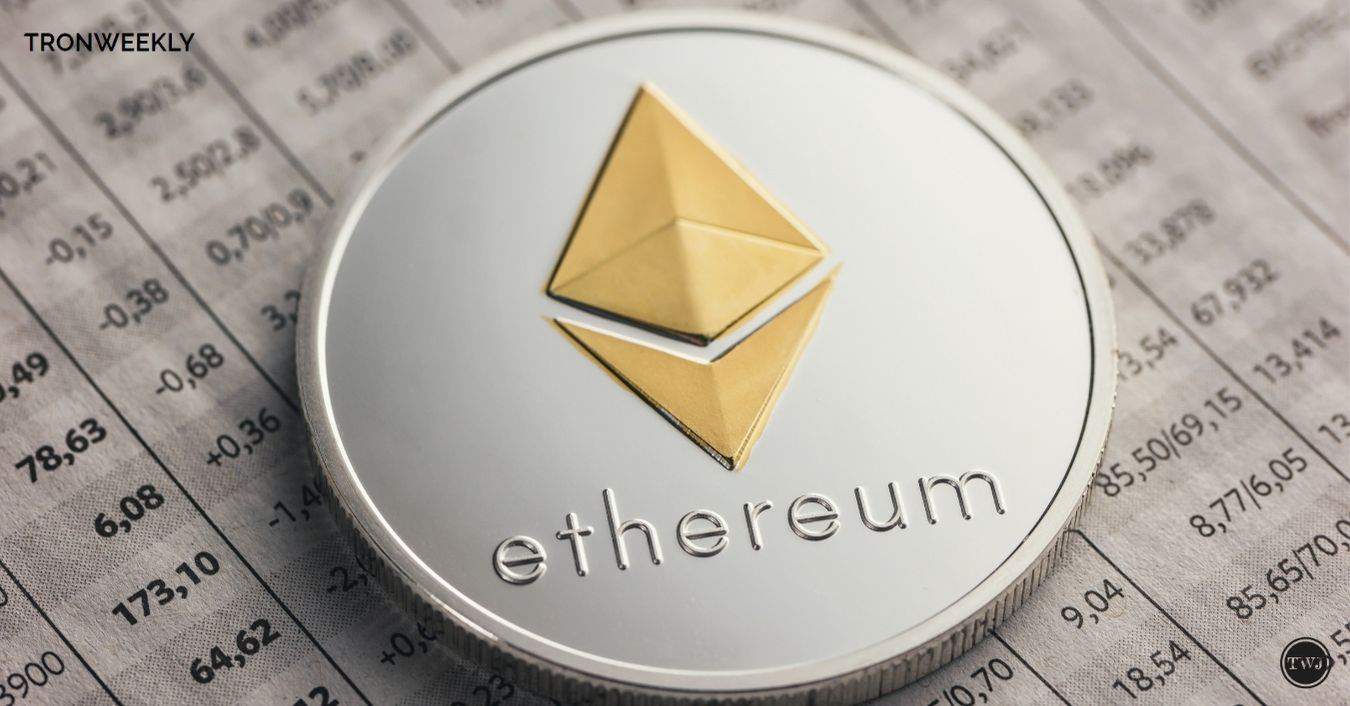The dynamics of Ethereum staking have taken a drastic shift since the merge as well as the Shapella upgrade. Staking primarily involves locking up a certain amount of ETH in a special contract to support the network’s operations. With the amount of staked ETH on the rise, a section of the community has raised concerns about the high staking ratio and its alleged negative impacts on the network and its users.
Researchers at the ETH Foundation proposed a change in the token issuance model, stirring a big debate within the community. Proponents of the model have deemed it necessary to ensure the blockchain’s future stability and security. As per them, too much staked Ether could trigger issues like decreasing rewards for stakers and making it more expensive to use the chain for everyday transactions.
Others argued that modifying how stakers are rewarded would amount to violating ETH core principles and might not be good for the network’s long-term success. They also caution that these might even attract unwanted attention from regulators.
Ethereum Developer Sheds Light On Network Integrity
Amid the ongoing debate, a member raised a crucial point in the security model of ETH’s PoS system and the concept of staking. When a user stakes their ETH but still holds a liquid claim [like stETH or other similar tokens], the act of staking may not represent a true sacrifice or “skin in the game,” as they still have access to their locked ETH through the liquid claim, which can be traded or used in other transactions.
A question I have about Ethereum’s security model is, if everyone stakes their ETH, but still has stETH [or some other liquid claim] then how does the lockup represent any kind of sacrifice or skin in the game. And if there’s no sacrifice, where does the security come from?
Subsequently, this arrangement might weaken their incentive to act honestly and uphold the network’s integrity.

In response, core ETH developer Tim Beiko acknowledged that an individual user may not directly face risks on their staked ETH; they remain indirectly exposed to risks through the potential socialization of losses and risk pooling across the network. This mechanism ensures that validators uphold their responsibilities to maintain the security and stability of the Ethereum network.

